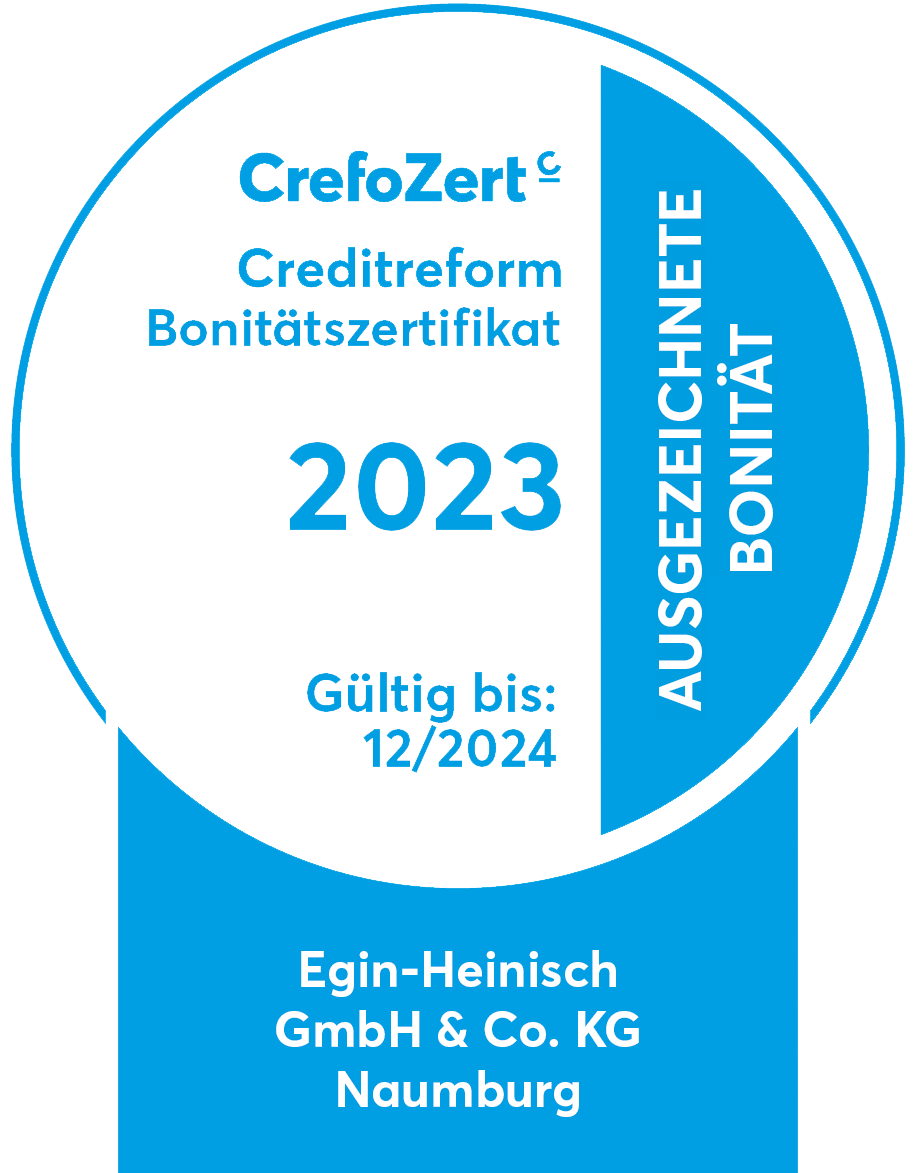In machine tools, the main spindle realises the rotational cutting movement. In doing so, the cutting movement can be carried out both by a rotation of the workpiece (lathes) as well as by a rotation of the tool (drilling or milling machines). The design of the spindles differs depending on the application, the speed range and the development stage. As a result, from machine to machine, differentiation is made between a directly driven and indirectly driven spindle. In the case of directly driven spindles, the motor is integrated on or at the spindle shaft (motor spindle) with the tool interface. This has the advantage that the structure is extremely torsionally stiff. However, the demand on the electrical motor is correspondingly higher as gearing cannot be integrated in this manner.
If a cost-effective standard motor and only moderate rotational speeds are required, belt-driven spindles or geared spindles are frequently used. These spindle units therefore comprise a rotationally mounted main spindle unit with a motor linked via a transmission gearing system. This enables very high torque levels or rotational speeds to be transferred, depending on the choice of transmission and motor.
